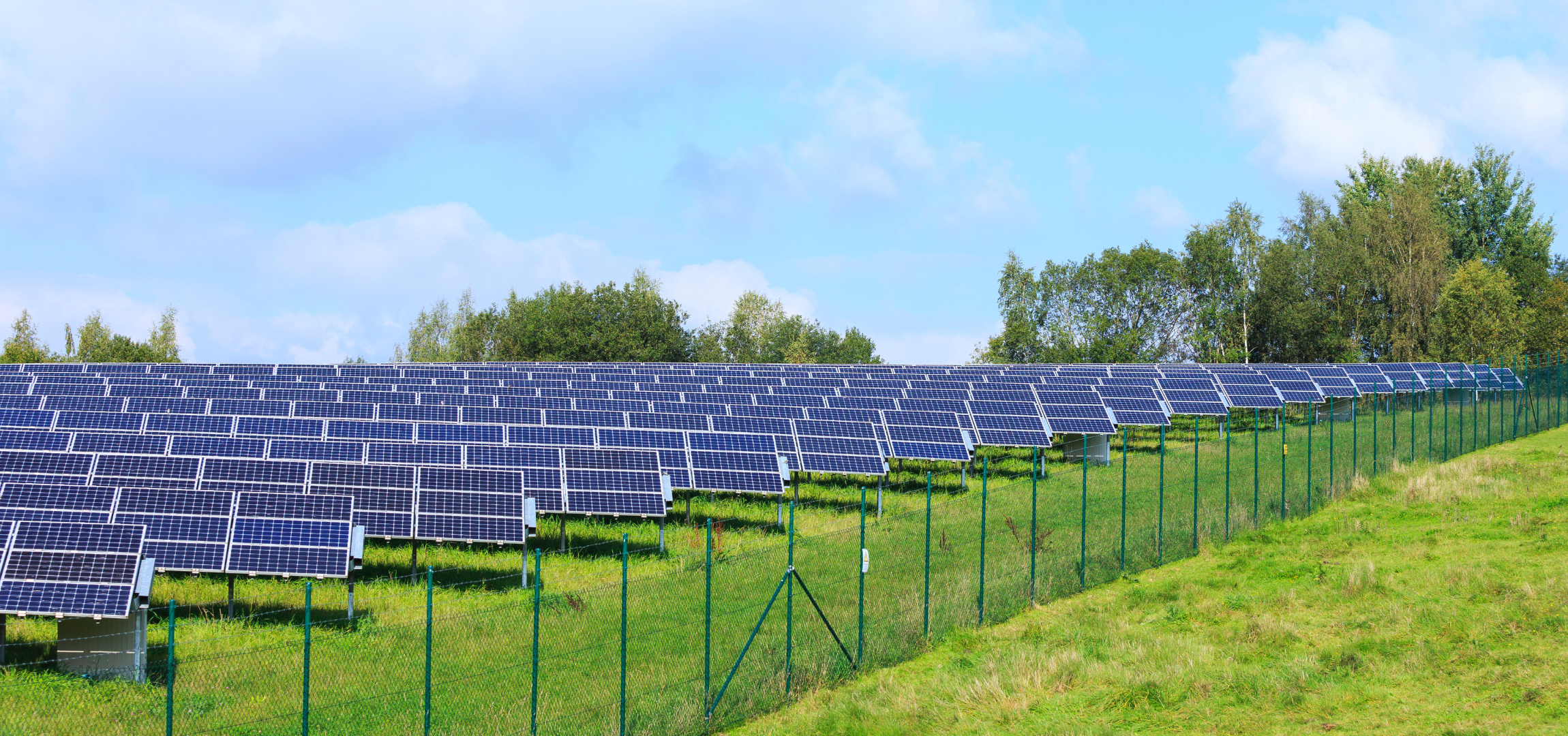Why the AI boom adds to the case for investment in renewable energy

The rise of artificial intelligence requires a huge increase in data consumption and processing capacity. That has led to a wave of data centre construction across the US – and a surge in demand for electricity to power these facilities. In turn, that is creating new investment opportunities, particularly in the renewable energy sector.
Data centres house servers and other equipment for data storage and processing, in demand as businesses leverage AI for everything from automation to personalised customer experiences. Current estimates suggest data centres already consume around 1-2% of total global electricity; this figure is set to rise as more facilities start operations.
The energy sector is responding. In regions such as Northern Virginia and Central Texas, where clusters of data centres are expanding rapidly, utilities and independent power producers are accelerating the development of solar power and battery storage to meet the demand. Many of these data centres are now procuring clean energy directly through long-term power purchase agreements (PPAs); they often prioritise projects that are strategically sited near new grid infrastructure.
MoneyWeek
Subscribe to MoneyWeek today and get your first six magazine issues absolutely FREE

Sign up to Money Morning
Don't miss the latest investment and personal finances news, market analysis, plus money-saving tips with our free twice-daily newsletter
Don't miss the latest investment and personal finances news, market analysis, plus money-saving tips with our free twice-daily newsletter
This marks a notable shift in the energy market – from a centralised generation model toward one increasingly shaped by the needs of private energy buyers and digital infrastructure developers.
Crypto mining increases demand
The cryptocurrency mining sector is another critical player in today’s energy landscape. Mining operations, which validate and add transactions to the blockchain, require substantial amounts of electricity, raising concerns about their carbon footprint and sustainability. But as digital currencies continue to gain popularity, demand for energy from these operations will only increase.
A growing number of miners have therefore begun co-locating their operations with renewable energy projects. This is especially common in areas such as West Texas, where strong solar resources and low-cost land create ideal conditions for behind-the-meter energy supply. Some developers have even shifted their interconnection strategies to accommodate flexible, interruptible load profiles from crypto facilities, providing new revenue models for merchant solar and hybrid assets.
This dynamic is reshaping the investment landscape – solar projects that might have once relied on PPAs with utilities now have other options – high-load intensity customers who are seeking 100% renewable power.
Solar investments deliver returns
Investments in grid-scale solar projects are economically advantageous as well as environmentally responsible. The costs associated with solar infrastructure have plummeted over the last decade due to technological advances, supply chain scale, and greater manufacturing efficiency. In 2010, utility-scale solar in the US often required all-in pricing of over $200/MWh. Today, prices have fallen below $40/MWh in many states.
This reduction has been accompanied by strong investor interest. Infrastructure funds, pension-backed platforms and sovereign capital are all investing in US solar assets, both directly and through development partnerships. Their goal is stable, long-duration cash flows that can hedge against inflation and volatility in other asset classes.
From a macroeconomic standpoint, solar is proving resilient. While interest rate increases have tightened capital markets, solar remains one of the few infrastructure segments where long-term demand fundamentals – climate targets, electrification, and corporate decarbonisation – remain unwavering.
Becoming part of the future
Entering the grid-scale solar investment space now enables investors to play a part in the long-term shift towards energy independence and sustainability. As the world confronts climate change and promotes clean energy, grid-scale solar development will play a crucial role.
At the state level, regulators are increasingly incorporating distributed and utility-scale renewables into their resource plans; transmission networks are prioritising upgrades to unlock more solar generation. This momentum reflects the growing consensus that grid-scale solar will form the backbone of America's future power supply.
In an energy-hungry world undergoing a significant shift from fossil fuels to clean renewable energy, qualified investors are looking for routes to invest. For suitable investors, this could include investing in the grid-scale solar development market in the United States. By investing in solar projects, investors can capitalise on the intersection of technological advances and the necessity for sustainable energy solutions.
Over the past decade, renewables have evolved from a marginal technology supported by subsidies to a strategic necessity for utilities, corporates and digital infrastructure developers. The market no longer views grid-scale solar as experimental; it is increasingly becoming the baseline for new energy capacity.
The escalating demands of AI and data centers, coupled with the energy-intensive nature of cryptocurrency mining, set the stage for a significant shift in how energy is produced. By investing in solar developments, investors can secure a foothold in a burgeoning industry poised for sustained growth. As public sentiment increasingly favours sustainability and as technologies evolve, retail investors can position themselves strategically in a vital sector that will shape the economy for years to come. The transition to renewable energy is not just the future - it's happening now.
About the Canigou Group
The Canigou Group has developed and sold 15 solar projects in Australia, and has another 40 continuing through the development process; it has also developed a pipeline of solar projects totaling over five gigawatts in the USA. The first of these Colorado projects is now in the final stages of development. The Canigou Group has continued its USA focus and has recently announced a new pipeline of solar projects in Texas totaling more than 500 MWp of solar and 1,600MWh of battery storage that are strategically placed to access data centre customers.
For more information on the Canigou group please click here.
Get the latest financial news, insights and expert analysis from our award-winning MoneyWeek team, to help you understand what really matters when it comes to your finances.
MoneyWeek is written by a team of experienced and award-winning journalists, plus expert columnists. As well as daily digital news and features, MoneyWeek also publishes a weekly magazine, covering investing and personal finance. From share tips, pensions, gold to practical investment tips - we provide a round-up to help you make money and keep it.
-
 High earners face £15k income hit by 2029 following Autumn Budget
High earners face £15k income hit by 2029 following Autumn BudgetRachel Reeves’s Autumn Budget means high earners – or HENRYs – are now looking at an income hit running into the thousands. Can you avoid it?
-
 Millions underestimate how many paydays are left until retirement - why you should be counting your payslips
Millions underestimate how many paydays are left until retirement - why you should be counting your payslipsKeeping track of how long you will be earning a salary for can help work out how much you need to put into a workplace pension

